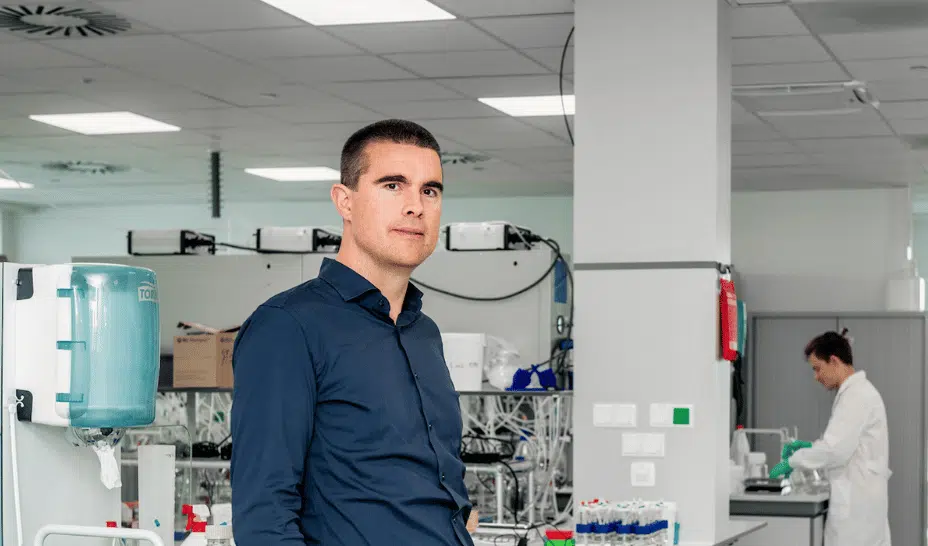The Ladder of Proof: How VCs see your startup
A few years ago, my partners and I at NfX realized that most investors were doing something they weren’t even aware of when they were evaluating companies. They have a mental framework that lets them judge a startup based on a core group of predictors for risk and success that we call “The Ladder of Proof.We thought a lot about this, because we’ve founded and raised capital for ten companies, and helped hundreds more raise. We learned about evidence hierarchies and got input from one of the most successful tech investors in Silicon Valley.The Ladder of Proof is unique for each investor and each company, but there are also commonalities. The key is to be aware of your place on the Ladder so you can communicate successfully with each VC you speak with, each employee you’re recruiting, and each journalist you’re pitching. The more aware you are of your place on the Ladder, the more successful you'll be at identifying the VCs best suited for you.Here’s how a Ladder of Proof works:
- Each rung represents a predictor of risk or success.
- The further up the ladder a startup climbs, the more signals it's sending to investors that it’s a sizable opportunity and a worthwhile investment.
- Some rungs — like rapid growth, a great team, or paying customers — are more powerful than others. And hitting on those rungs (marked in red) can level a startup up to a place where I’m willing to overlook some of the lower rungs (for now).
- Different VC’s will emphasize different rungs. The key is to understand your audience — which VC you’re talking to — in order to determine whether you fit their preferences.
- The rungs listed below are representative, not exhaustive . This is an ever-evolving list. If you would like to suggest additional rungs (ex. Speed of team), tweet to us @nfxguild.
Here is a sample Ladder of Proof for assessing the market factors in your startup:

In synthetic biology, you can also think of a technology Ladder of Proof that each startup has to satisfy when communicating your investment potential to a potential funder. Here’s a technology Ladder of Proof for synthetic biology:

For both of these ladders, your job as a Founder is to know where you are on the Ladder of Proof, where you need to get next, and how to clearly communicate that. How much have you de-risked your company so it’s more attractive to an investor? How much have you proven you’ve identified an exceptional opportunity? And can you grab that opportunity?Don’t forget that you also have to prove to yourself that you’re capable of climbing these rungs. Blind faith in your vision is good, but proving your metrics is better. Your life’s energies should be focused on the best project you can find. Moving up the Ladder of Proof will help you — and the VC — know that you’re moving in the right direction.https://youtu.be/p75wddxgBqQ



.svg)










-min.png)

.gif)